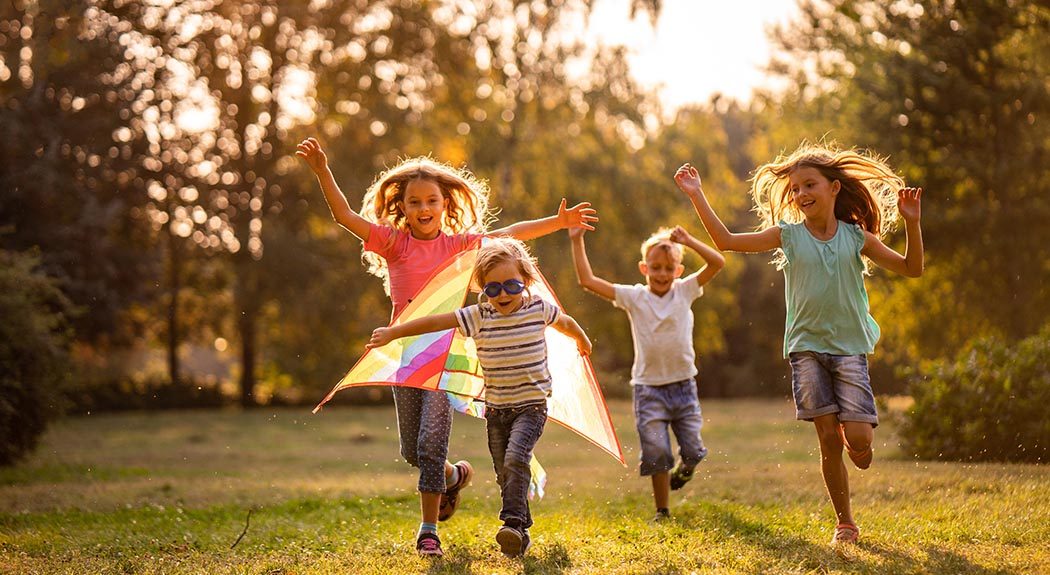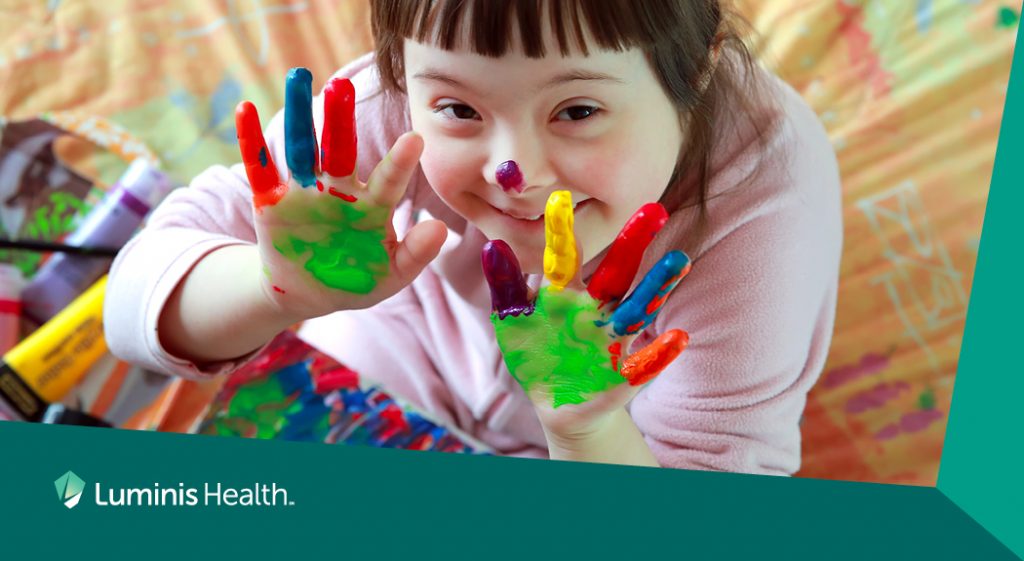With a new school year about to start, I’ve been thinking a lot about kids and their bone health.
Osteoporosis is a disease that happens when your body loses too much bone, makes too little bone, or both. Many think osteoporosis only affects older people. But it’s actually a disease that begins in childhood, with symptoms that appear in adulthood.
Experts believe most people reach their peak bone mass in their early 20s. After that, you are holding on to what you have and trying to keep a balance between removal and replacement of old bone – not adding new bone.
So what can you do to help your children reach their optimal peak bone mass so they have healthy bones as adults?
READ MORE: True Story: What I wish I had known about my bones when I was younger
Develop healthy eating habits
Healthy habits start in childhood, and getting enough calcium and vitamin D is key. Yes, your kids can develop a taste for leafy green vegetables, nuts like almonds, and water or milk to drink. Replace soft drinks with calcium-rich dairy drinks. If your child dislikes dairy products or is lactose-intolerant, consider almond milk or fortified orange juice.
It’s also important that your child eats enough calories, especially if he or she is an athlete. Eating disorders are more common in kids than you might realize, and are a disaster for bone health during these formative years. Watch out for weight loss or low energy in your child, and seek out a dietitian if you aren’t sure if your kids are getting enough calories.
Get active
Get kids moving for the joy of moving, and they’ll develop a lifelong love of being active. Research shows that high-impact exercise, such as jumping, is the most powerful way to build bones and muscle. But it also has the highest risk of injury. A sprinkle of higher impact exercise along with lower intensity activities is a winning combination.
For kids in elementary and middle school, it’s important for them to have time to chase, run, climb, and then rest when tired. This helps them develop independent thinking and neuromuscular coordination, all while having fun. Old-fashioned games like hopscotch and jumping rope are also great ways to build bone, balance and muscle. Walking as a family is a chance for both you and your kids to exercise and spend quality time with each other.
I highly encourage you to fight to keep recess in schools. Let your local school board know that physical education is crucial not only for exercise, but to develop the skills necessary to lead an active, healthy lifestyle as adults.
Organized sports are another opportunity for kids to get exercise and develop neuromuscular skills, but beware of overuse injuries. Avoid specializing in one sport until high school to make sure your child develops a well-rounded set of movement patterns and prevents repeatedly stressing the same body parts.
Be careful with tournaments and other events that cram a lot of intensity into a short time, and beware of burning your kids out. The trick is getting children to develop a love of sports and other physical activity so exercise becomes a lifetime habit.
READ MORE: Preventing osteoporosis: 7 tips for better bone health
Limit screen time
Phones, computers, TVs, video games – screens are a big part of our world, for both children and adults. Screen time can take a lot of time away from physical activity if you let it.
I don’t think we have figured this out, but consider limiting screen time to allow your kids to get at least an hour of exercise every day.
The great thing about nurturing good bone health is that these habits are good for the rest of your health, too. So, as kids head back to school, let’s think about ways to help them eat right and stay active to ensure a lifetime of healthy bones!
 Christina Morganti, MD, is an orthopedic surgeon and medical director of the Osteoporosis Program at AAMC Orthopedics. She can be reached at 410-268-8862.
Christina Morganti, MD, is an orthopedic surgeon and medical director of the Osteoporosis Program at AAMC Orthopedics. She can be reached at 410-268-8862.




